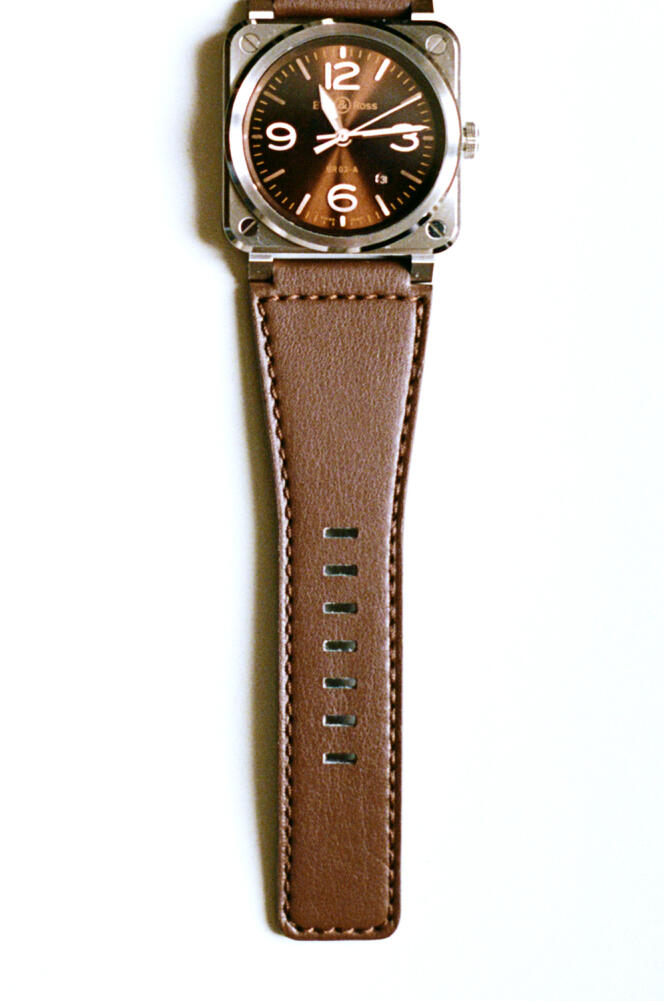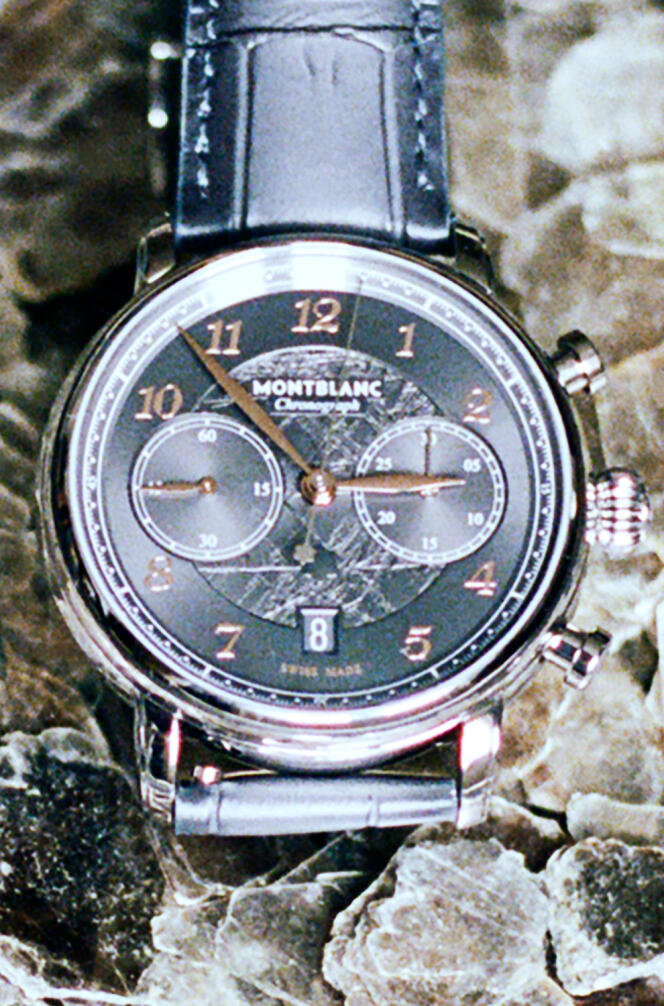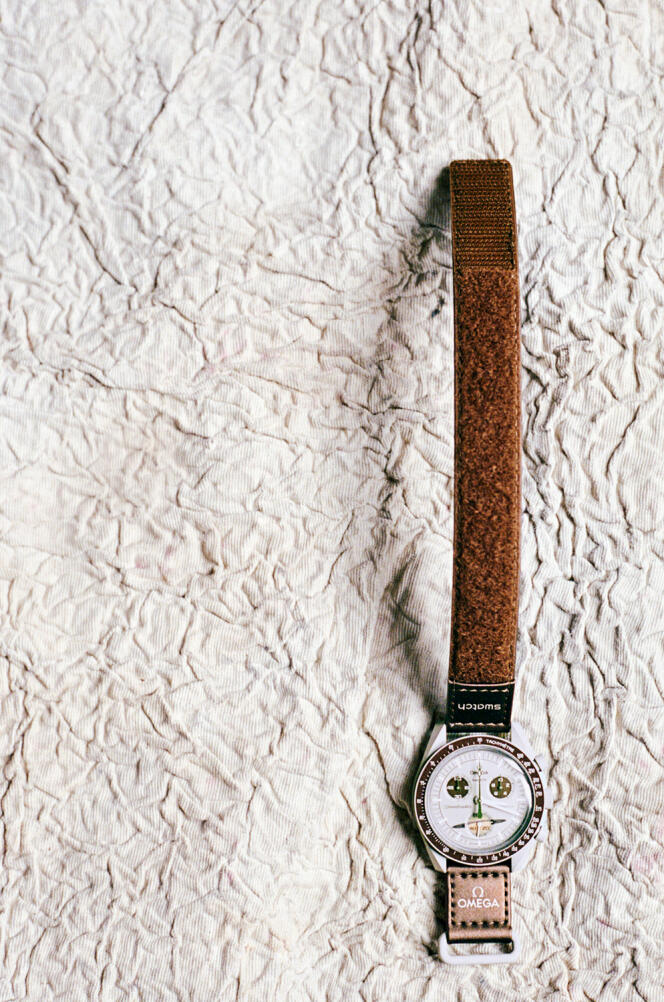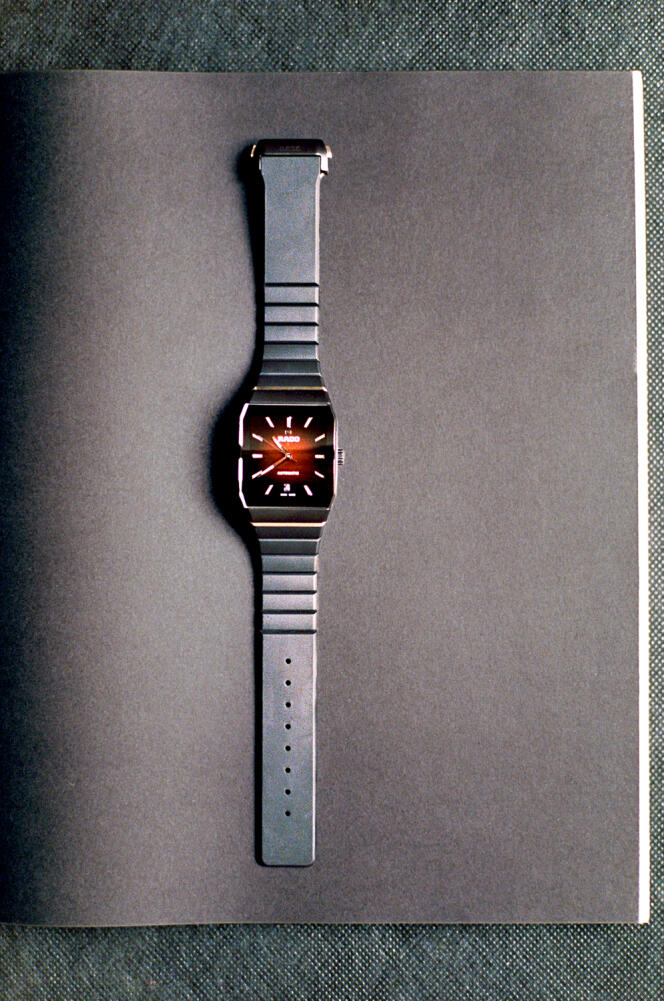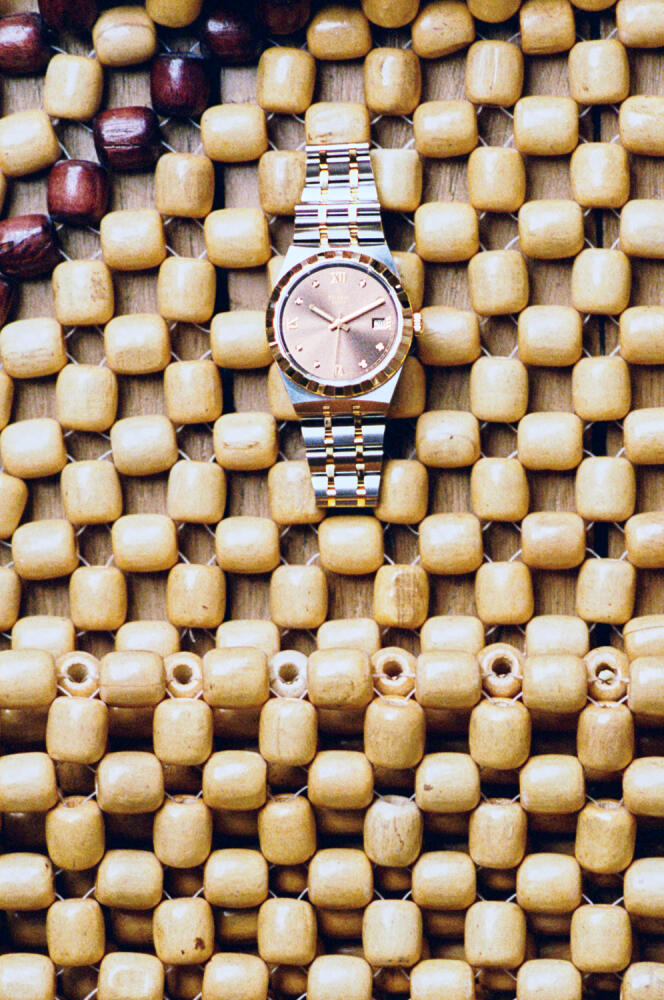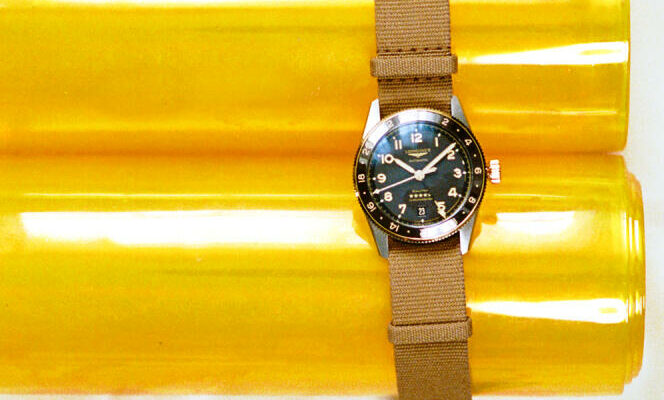IThere was a time when, for once, the wristwatch was above all a women’s affair. The first of its kind was in fact offered to Queen Elizabeth I by the Earl of Leicester in 1571. If the Breguet house claims to have made, on June 8, 1810, “the world’s first known wristwatch” commissioned by the Queen of Naples, some enthusiasts of toquantes argue that already in 1806, Empress Joséphine had ordered two models adorned with pearls and emeralds from the jeweler François-Régnault Nitot.
A royal gift to celebrate the union of his son, Eugène de Beauharnais, to Princess Augusta-Amélie of Bavaria. Until the end of the 19th centurye century, it is therefore the elegant who attach to their wrist this measuring instrument which is also available, for purely aesthetic purposes, as a pendant or a ring. Their companions are content with a pocket watch, which they slip into the pocket of their waistcoat, jacket or jacket.
When, in 1904, Louis Cartier created, for his friend the Brazilian aviator Alberto Santos-Dumont, a wristwatch adapted to his aerial activities, the latter then became the prerogative of men. And, above all, explorers of all kinds. In the cinema, there is not a testosterone hero who does not sport an elegant timepiece on his wrist: Sean Connery and his Rolex in James Bond 007 vs. Dr. No (1962), Tom Hanks and his Omega in Apollo 13 (1995), Leonardo DiCaprio and his Breitling in Blood Diamond (2006) or even Sylvester Stallone, Panerai on his wrist, in the first part of the saga Expendables (2010). The key accessory of these epic adventures, the steel chronometer, which withstands diving in deep waters as well as a race against time, became popular among men in search of thrills.
Rehabilitated by Marie-Antoinette
Today, however, it is in another version that the men’s timepiece is available – and is being snapped up. Long shunned by fans of the genre, brown and its variations (chocolate, coffee, mahogany, tobacco, chestnut, mocha, etc.) now adorn the bracelets, and especially the dials, of the latest watchmaking creations.
Surprising, when we know that this color had long been, generally speaking, reserved for the working classes, before being brought up to date by Marie-Antoinette. The color even took on, under the reign of her husband, Louis XVI, the nickname “chip”.
Also associated with the 1970s, which saw the flourishing of brown velvet bell bottom pants and other cognac leather sofas, brown ticks many boxes, evoking authenticity, stability, serenity but also tradition and ‘opulence. In short, so many qualities that some people now display freely on their wrist. The ultimate luxury is, for discerning collectors, to get their hands on an old timepiece whose dial, having aged naturally, presents a burnished tint that is as rare as it is elegant.
